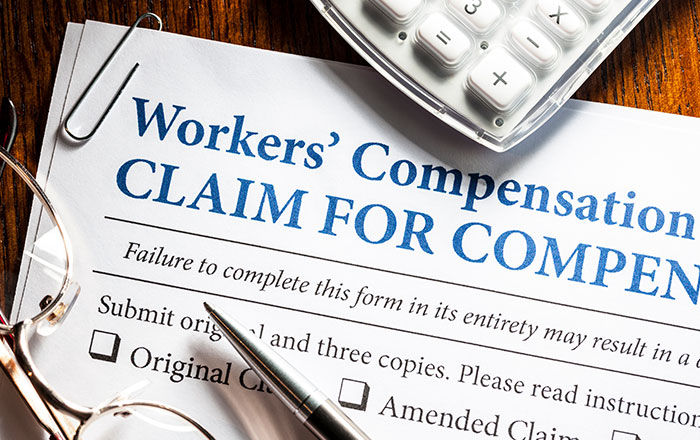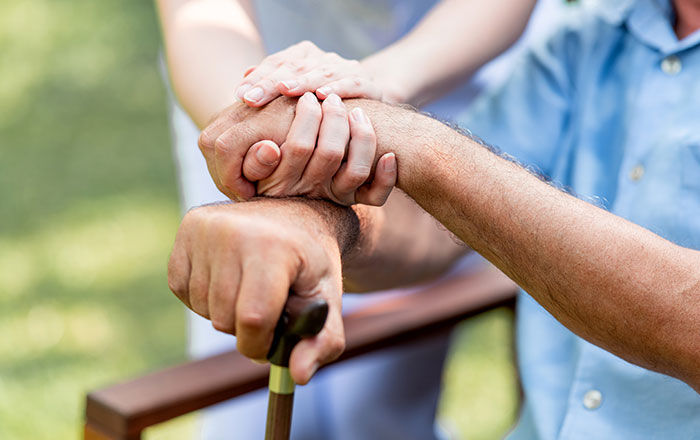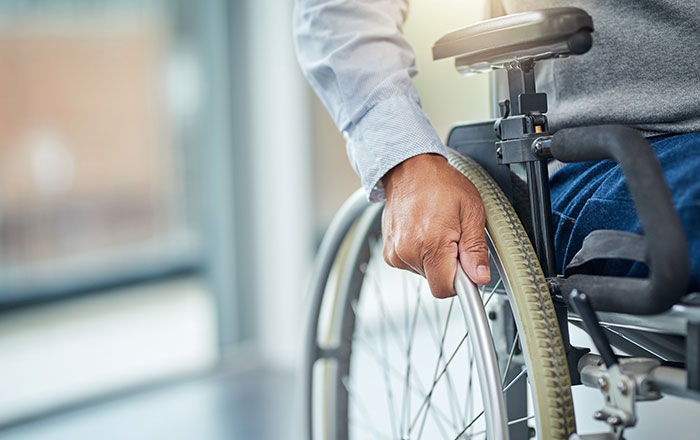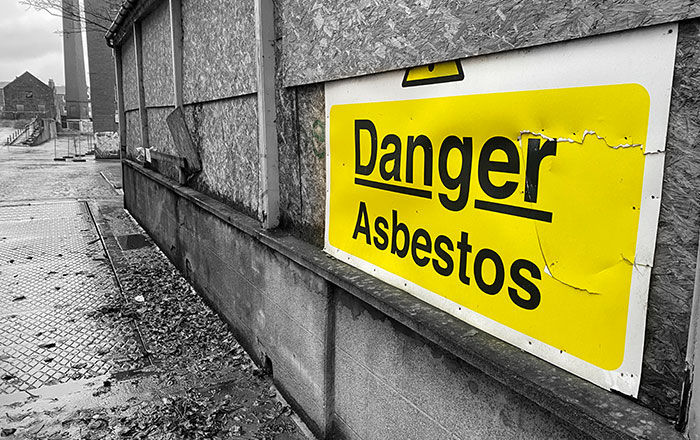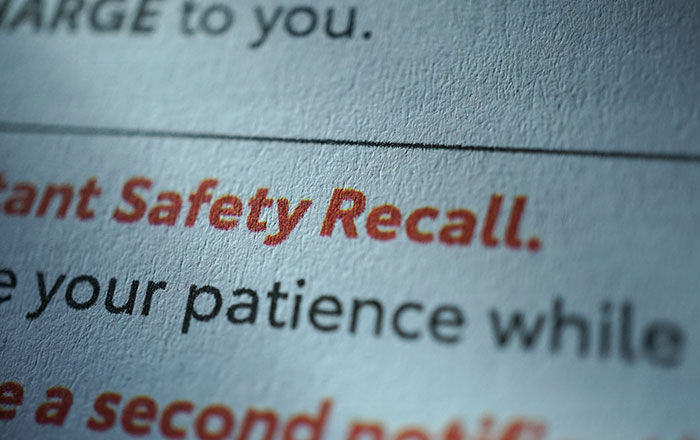Pain and suffering can come in various forms, including physical pain, emotional distress, and psychological effects. Physical pain may include symptoms such as ongoing discomfort, limited mobility, and chronic pain resulting from an injury. Psychological effects can range from anxiety, depression, and post-traumatic stress disorder to loss of enjoyment in daily activities and sleep disturbances.
Proving the existence and likely continuation of pain and suffering is crucial in South Carolina car accident cases, as it can significantly impact the compensation awarded to the injured party. Providing evidence such as medical reports documenting the extent of the injuries, treatments received, and the prognosis for recovery is essential. Additionally, maintaining a daily pain log can help demonstrate the ongoing impact of the injuries on the individual’s life.
In order to support a pain and suffering claim, it is essential to gather and present all relevant evidence, including medical records, expert testimonies, and a detailed daily pain log. This evidence helps in quantifying the physical and psychological impact of the injuries, which can ultimately influence the outcome of the case and the amount of compensation awarded.
What are Personal Injury Damages?
In personal injury law, damages can be categorized into two main types: economic and non-economic. Economic damages are quantifiable monetary losses that the injured party has suffered, or will suffer, as a result of the injury. This can include past and future medical charges, lost wages, property damage, and other financial losses directly related to the injury. Non-economic damages, on the other hand, are intangible losses that are harder to quantify, such as pain and suffering, emotional distress, loss of enjoyment of life, and loss of consortium.
Unlike economic damages, non-economic damages are more subjective and can vary greatly depending on the individual circumstances. These damages are typically more difficult to quantify but are still compensable in South Carolina.
For example, if a person is injured in a car accident, their economic damages may include medical bills and lost income, while their non-economic damages could account for the physical pain and emotional distress they experienced due to the accident.
How to Prove Pain and Suffering
When calculating pain and suffering damages, several aspects are taken into consideration. The severity and duration of the pain are key factors, as well as the impact it has on the victim’s daily activities and relationships. The victim’s age and health also play a significant role in determining the extent of the damages awarded. Assessing the negative impact on the victim’s life is crucial, as it provides a comprehensive understanding of the suffering endured. It is important to thoroughly evaluate how the pain and suffering have affected the victim’s overall well-being and quality of life. Additionally, the emotional and mental toll of the pain and suffering should not be overlooked, as these factors can have a profound impact on the victim’s recovery and future prognosis. Ultimately, the goal is to ensure that the damages awarded accurately reflect the true extent of the victim’s pain and suffering, taking into account all relevant aspects to provide just compensation.
Expert Witnesses
Expert witnesses can be crucial in providing testimony for car accident cases, especially in determining the severity and duration of the effects of an injury. Medical expert witnesses such as doctors, therapists, and psychologists may be called upon to provide informed opinions on the likelihood of ongoing pain and suffering.
It is important to seek out qualified professionals who can accurately assess the extent of the injury and its long-term impact. Medical expert witnesses can provide valuable insight into the medical treatment and rehabilitation needs of the injured party, as well as the prognosis for recovery. They can also help in estimating the future medical expenses and the impact of the injury on the individual’s ability to work and earn a living.
In addition, non-medical expert witnesses, such as accident reconstruction specialists, and vocational rehabilitation experts, and economic loss analysts can provide valuable testimony in South Carolina car accident cases. These professionals can help the court understand the full impact of the injury and the losses (both economic and non-economic) suffered by the victim.
Layman Witnesses
Non-expert witness testimony can also be extremely valuable when proving pain and suffering damages. Family and friends typically have a front row seat to the emotional and psychological effects that an accident has on a loved one. They are often able to provide testimony on whether the accident has caused their loved one’s mood to change, or whether their loved one has become withdrawn or less enthusiastic about the activities they used to enjoy.
Co-workers may also be able to provide valuable testimony, as they might witness a change in the car accident victim’s productivity, or a decreased ability to handle the demands of their job.
Calculation Methods for Pain and Suffering Damages in South Carolina
In South Carolina, there is no cap for non-economic damages such as pain and suffering. The calculation methods for pain and suffering damages are an essential component of car accident cases. These methods are used to determine the monetary compensation owed to a plaintiff for the physical and emotional distress they have experienced as a result of an injury. Understanding how pain and suffering damages are calculated is crucial for both plaintiffs and defendants in order to pursue fair and just outcomes in legal proceedings.
There are various factors and considerations that come into play when determining the compensation for pain and suffering in South Carolina, and it is important to be familiar with the specific guidelines and regulations that govern these calculations. By examining the various calculation methods for pain and suffering damages in South Carolina, individuals involved in car accident cases can gain a better understanding of how these damages are assessed and awarded.
Multiplier Method
The multiplier method is used to calculate pain and suffering damages in a personal injury case. First, the severity of the injuries and the impact on the victim’s daily life are considered. More severe injuries or those that significantly impact daily activities may result in a higher multiplier.
Additionally, the expected duration of recovery is taken into account – a longer recovery period may warrant a higher multiplier. The clarity of liability is another important factor; if the party at fault is clearly identified, the multiplier may be higher.
To calculate pain and suffering damages using the multiplier method, the total value of the victim’s economic damages (such as medical expenses and lost income) is multiplied by the chosen multiplier.
Overall, the multiplier method provides a way to fairly assess the non-economic damages in a personal injury case. However, it’s important to note that the multiplier itself is typically determined by the individual case and can vary widely.
Per Diem Method
The Per Diem Method is used to calculate the value of pain and suffering damages by assigning a dollar amount to each day of recovery. To determine this amount, the total amount of pain and suffering damages is divided by the number of recovery days. This method allows for a more tangible calculation of the value of pain and suffering, as it assigns a specific amount for each day that the individual experiences pain or suffering.
For example, if a jury awards $50,000 in pain and suffering damages for an injury that required 100 days of recovery, the Per Diem Method would calculate the value of each day of pain and suffering at $500 ($50,000 / 100 days).
An alternative but less commonly used approach is to calculate pain and suffering damages on a per day basis. This involves considering the impact of the injury on the individual’s daily life and assigning a dollar amount based on the severity and duration of the suffering. For example, a mild muscle strain may be valued at $100 per day, while a more severe injury such as a traumatic brain injury may be valued at $1,000 per day.
In conclusion, the Per Diem Method provides a structured approach to calculating the value of pain and suffering damages, while the per day basis allows for a more personalized assessment based on the specific impact of the injury on the individual’s daily life.
What can I do to support my claim for pain and suffering damages?
To strengthen your claim for pain and suffering damages in South Carolina, there are several proactive steps you can take. First and foremost, seek immediate medical attention after the incident to document and address your injuries promptly. Ensure that you follow your healthcare provider’s recommendations for treatment and attend all scheduled appointments. Maintain detailed records of medical expenses, including bills, prescriptions, and any out-of-pocket costs related to your injuries.
Additionally, document the impact of the injuries on your daily life, employment, and overall well-being. Keep a journal detailing the physical and emotional challenges you face, and gather any relevant evidence such as photographs, witness statements, or incident reports.
Consult with a skilled personal injury attorney in South Carolina who can guide you through the legal process, assess the strength of your case, and help you navigate the complexities of proving pain and suffering damages. Your lawyer can provide valuable support in presenting a compelling case and negotiating with insurance companies or litigating in court if necessary.
Do I need an attorney to recover pain and suffering damages?
While it’s not mandatory to hire an attorney to pursue pain and suffering damages in South Carolina, having legal representation can significantly enhance your chances of a successful recovery. Personal injury cases, particularly those involving pain and suffering claims, can be complex and challenging to navigate. An experienced attorney can offer invaluable expertise in understanding the intricacies of South Carolina’s legal system, assessing the strength of your case, and effectively negotiating with insurance companies. They can help gather evidence, interview witnesses, and build a compelling argument to support your claim.
Attorneys are also adept at calculating the appropriate value of pain and suffering damages based on the specifics of your situation. If negotiations fail, an attorney can guide you through the litigation process, representing your interests in court. While you have the right to represent yourself, the complexities of personal injury law make it advisable to seek professional legal assistance to ensure the best possible outcome for your pain and suffering claim.
Contact McWhirter, Bellinger & Associates today
If you’re in need of legal representation for a car accident case in South Carolina, McWhirter, Bellinger & Associates would love to help.
With seven conveniently located offices across the Midlands region, McWhirter, Bellinger & Associates can offer comprehensive support for car accident cases involving pain and suffering damages. When you contact us, you are gaining access to experienced legal professionals who understand the nuances of South Carolina’s legal system, possess a track record of successful outcomes, and are committed to advocating for your rights.
Our law firm offers 100% free case evaluations to car accident victims in South Carolina, so give us a call today at 803-653-6189. It won’t cost you anything to see if we can help.®





